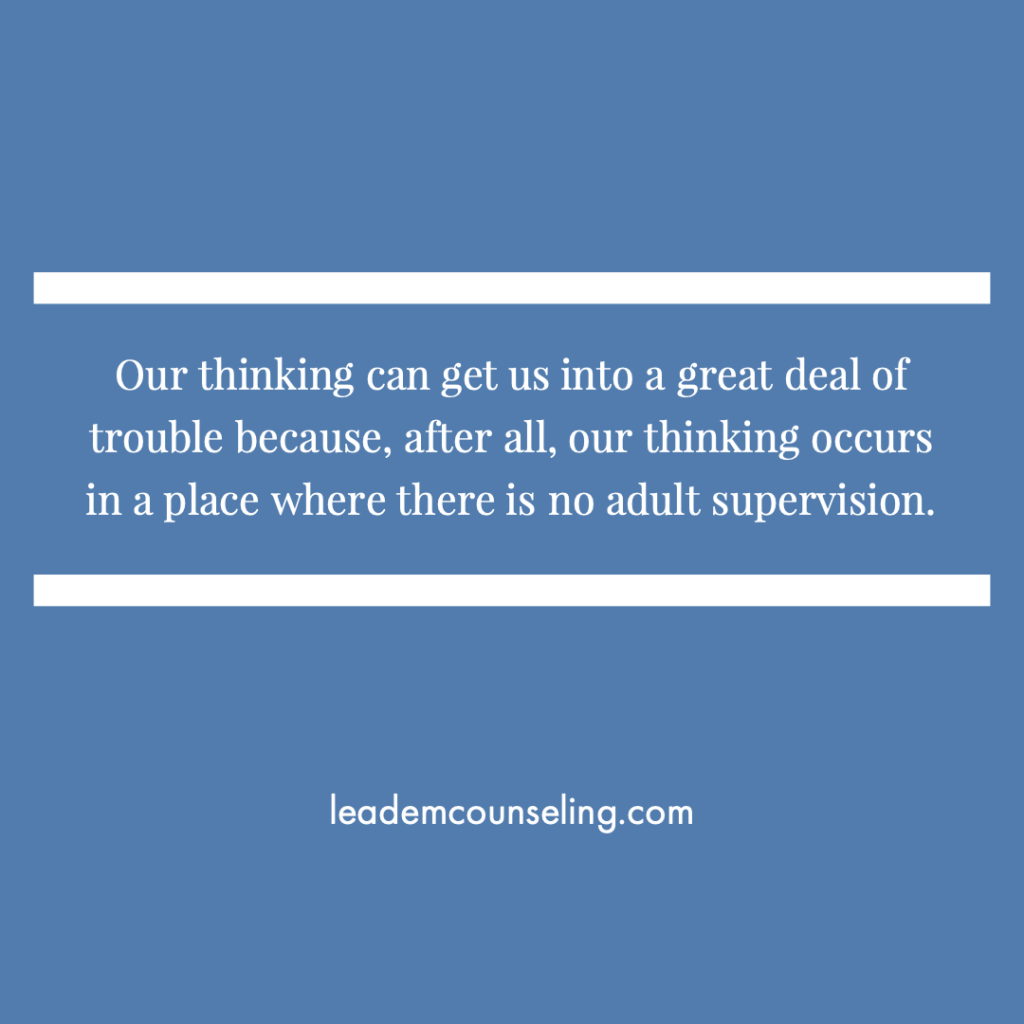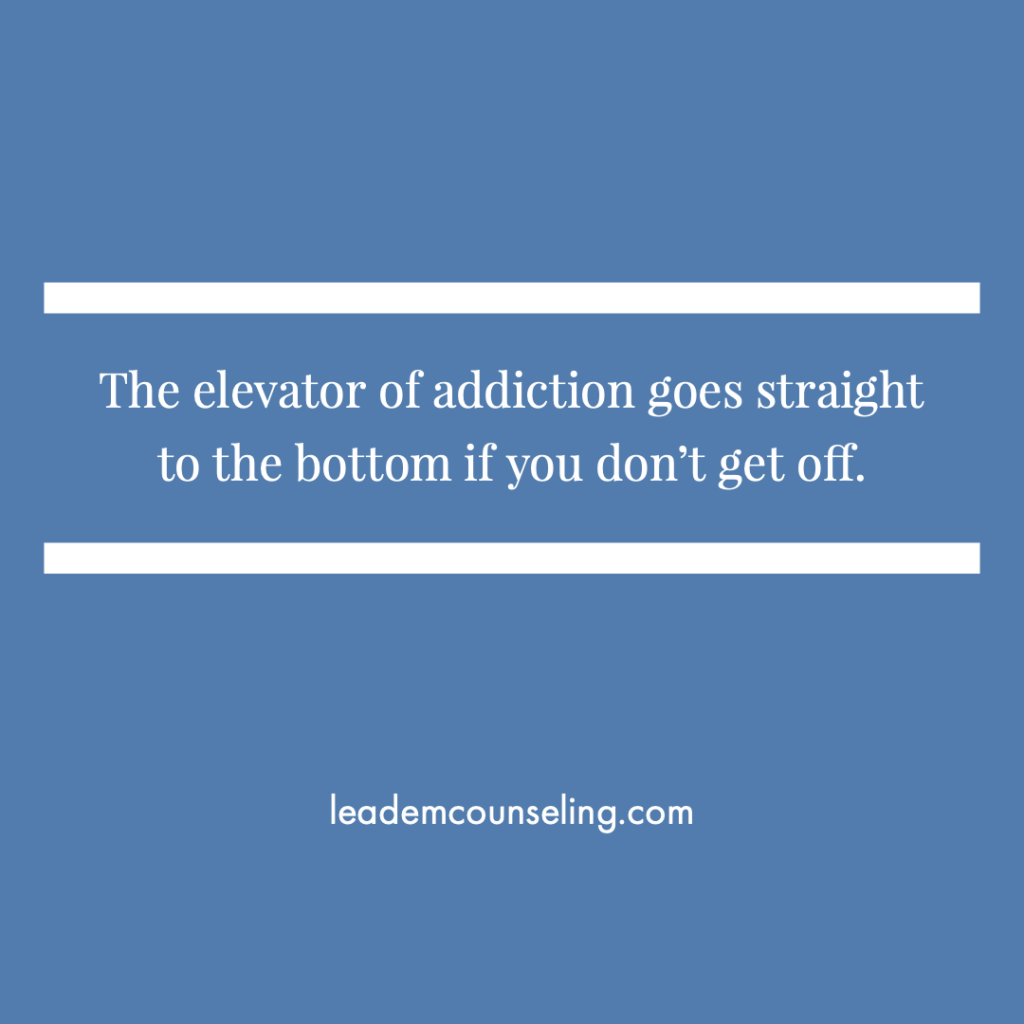We are glad you have returned for Part 2 which is intended to provide you with an overview of the first five steps.

In the early 1970’s, alcoholism was dubbed the lonely man’s disease. While it is true that addictive disorders generate a wide variety of emotional patterns, the loneliness that both addicts and co-addicts experience is a hallmark feature of the illness. It would appear that the author had more than a passing exposure to the nature of an addictive illness because the moniker, if modified to include females, would partially describe every victim of addiction that we have ever met. The 12 Step recovery process that you began in the first three steps can take you from loneliness and desperation to a place of genuine companionship and hope.
The first three steps of the twelve-step process of recovery from addictive disorders read:
- We admitted we were powerless over (our addictive process) – that our lives had become unmanageable.
- Came to believe that a Power greater than ourselves could restore us to sanity.
- Made a decision to turn our will and our lives over to the care of God as we understood Him.
Steps 1-3 provide the foundation for the development of a way of life that leads the victims of the addiction from a solitary position of “I” to the united reliance on a fellowship of “we.” The essential elements of the initial surrender process, which culminate in the Third Step, are summarized in the “ABC’s” of recovery as referenced in Alcoholics Anonymous (1953, p. 60):
(a)That we were alcoholic and could not manage our own lives.
(b)That probably no human power could have relieved our alcoholism.
(c) That God could and would if He were sought.
The 1st Step[1], said to be the only absolute requirement for recovery, requires an admission that your problematic behavior was neither a bad habit nor a cultural difference, but rather an addiction. Your declaration of unmanageability will have required great humility because acceptance of defeat comes painfully slow to most of us. The stories, which described our respective bottoms, vary greatly in both the breadth and depth of powerlessness and unmanageability a sufferer will endure before hitting his or her “bottom.” The tasks associated with the completion of a 1st Step will vary from fellowship to fellowship and sponsor to sponsor. While there is no universally accepted definition of the bottom, you will know that you have hit yours by your willingness to acknowledge the need for help outside of yourself. The idea that “probably no human power” will suffice brings the need for further humility in the 2nd Step.[1]
The 2nd Step, often over looked because it is thought to be repeating the obvious dilemma already addressed in the First Step, is a vital step in the initial surrender process. Many newcomers will miss the inference that will hopefully become obvious with time. If all of our problems were related to the addictive substance or behavior and the problem was eliminated when we established abstinence, then why would there be a need for a Second Step.
The 2nd Step is not restating the obvious. It implies that our sanity is not returned simply because we resign ourselves to being powerless. Some recovery circles have defined “insanity” as the tendency to repeatedly do the same things over and over again while expecting different results. The unmanageability that re-emerges for those who only establish abstinence is a painful example of this insanity. We need to do more than put the proverbial “cork in the jug.” The alcoholic who stops drinking but continues to romance the good old days and the food addict who avoids contraband foods but gorges on salad has put the cork in the jug, but both are still behaving like an addict. The recovering sex addict who merely stops the more socially unacceptable aspects of acting out behavior without replacing his/her reliance on external sources of pleasure will eventually himself be teasing the addiction. The 1st Step does not represent surrender. For some it is barely more than a resignation. The relief obtained from the admission found in the 1st Step will be short lived if not followed by the pursuit of a Power greater than ourselves. We have a great deal to change about the way that we manage our emotions and interact with others. We will need a power greater than our own to identify and make those changes.
The 3rd Step [1] completes the initial stage of a three-part surrender process that will continue in the Fifth Step. Whether you believe in God; deny that God’s existence is provable; or believe you can prove the non-existence of God; you will need to develop a relationship with a Power greater than yourself. We cannot see ourselves clearly without the help of others and we cannot change what we cannot see. To make matters worse, we appear to be equipped with the ultimate weapon of self-destruction: free will. In the coming steps you will learn much about healthy uses for your will but for now it is important to remember that much of our injury has occurred because we are free to do as we please. Your sponsor might joke with you that your best thinking has gotten you in this mess, but it is hardly a joke. Your thinking will need to change. The way you cope with your emotions will need to change. The way you interrelate with others will need to change. You will find that we are always changing. We are either moving forward or we are moving backward. The choice is yours. This would be a good time to exercise your free will to develop a God of your own understanding. The power greater than yourself can be your group conscience, sense of a greater power of the universe, or the collective thinking and wisdom of those you trust. Please do not trust your recovery to yourself. We sometimes get defensive when our support group members challenge us to get out of our own heads. It is sound advice because our thinking can get us into a great deal of trouble. After all, our thinking occurs in a place where there is no adult supervision.
The road each of us takes through the first three steps can be a long and arduous one, but the Steps themselves are quite simple because most of the painful, hard work was done when we were active in our illness. If you hit bottom you will have already suffered the lessons you would need to move beyond the powerlessness and unmanageability to acceptance of the need for a power greater than yourself to begin the healing process that would return your sanity. We have all paid our dues. The first three steps can be can be simply summed up as:I can’t, He can, and I’ll let him.
The difficulty that you had getting to and through the 3rd Step depended largely on how far down the scale of powerlessness and unmanageability you descended before you were ready to accept help. Those who have been beaten into submission under the lash of addiction have generally been more readily accepting of the need for a spiritual solution to the addiction problem. Others have struggled in quiet desperation for what appears an eternity trying to avoid the need for a reliance on any power other than their own. Still others remained in a riotous rebellion against the idea that they would need to submit their will or life to the care of anyone or anything. The elevator of addiction goes straight to the bottom if you don’t get off. Some choose to take the ride all the way to the bottom, which, as the saying goes: ends in jails, institutions, or death. The elevator unfortunately only goes in one direction. If you want out of the free fall to the bottom you will have to exit the elevator and take the Steps back up to the sunlight.
The 4th Step [1] was the step that began to clear away the debris of your life in addiction so you can climb the Steps to a new freedom and a new happiness. The next five steps would complete the task of clearing away the wreckage. Once you have completed your inventory you moved out to share your discoveries with God, another human being, and yourself.
The 5th Step [1] provided you with an opportunity to hear the whole story for the first time. Odd … yes it is. But the reality for most of us is that the story has never really been told before and while we had more than a cameo appearance in it, we seldom have much of an understanding of what was happening. The risk that you took to share your secret world with God and another human being represented the second phase in the surrender process and you began to develop a sense of what it was going to mean to live on a spiritual plane.
Please join us for the next article in the series which explores the purpose and benefit of this important step work.
We hope you enjoy this introduction to our work. If you are interested in more, please follow the link to our website.
About the Authors

Both John and Shawn Leadem are Licensed Clinical Social Workers in private practice in Toms River, New Jersey.
John has recently celebrated his 48th year in recovery and believes that “service to others is the cornerstone of spiritual maturity.” His professional service to addicted individuals and their families has included the development and direction of addiction treatment services in a full array of modalities from half-way houses to large residential treatment facilities over the past 45 years.
Shawn’s lifelong exposure to the recovery culture and his personal recovery experience has left him with a deep personal empathy for the social and emotional suffering endured by others and a strong faith in a person’s ability to change. He has received his certification as a Sexual Addiction Therapist and as a Multiple Addictions Therapist by the International Institute for Trauma & Addiction Professionals.
Together, John and Shawn have co-authored and brought their unique treatment model of relapse prevention, An Ounce of Prevention: A Course in Relapse Prevention, to residential treatment centers across the United States, they have trained therapists at numerous national and international conferences, and most recently have trained many EAP programs associated with many State Unions.
Copyright, John Leadem & Shawn Leadem, 2019
You are free to copy this article for future reference, to post it on other web sites and to share it with family or friends. If you would like to have permission to include it in a publication of your own you can request written permission by contacting the authors at www.leademcounseling.com.
Footnotes
[1] Alcoholics Anonymous. (2001). Alcoholics Anonymous, 4th Edition. New York: A.A. World Services.
The Steps
- We admitted that we were powerless over alcohol- that our lives had become unmanageable.
- Came to believe that a Power greater than ourselves could restore us to sanity.
- Made a decision to turn our will and our lives over to the care of God as we understood Him.
- Made a searching and fearless moral inventory of ourselves.
- Admitted to God, to ourselves, and to another human being the exact nature of our wrongs.
- Were entirely ready to have God remove all these defects of character.
- Humbly asked Him to remove our shortcomings.
- Made a list of all persons we had harmed, and became willing to make amends to them all.
- Made direct amends to such people wherever possible, except when to do so would injure them or others.
- Continued to take personal inventory and when we were wrong promptly admitted it.
- Sought through prayer and meditation to improve our conscious contact with God as we understood Him, praying only for knowledge of His will for us and the power to carry that out.
- Having had a spiritual awakening as the result of these steps, we tried to carry this message to alcoholics, and to practice these principles in all our affairs.










No Comments Yet | Post Comment
You can be the first to comment!
Leave a comment